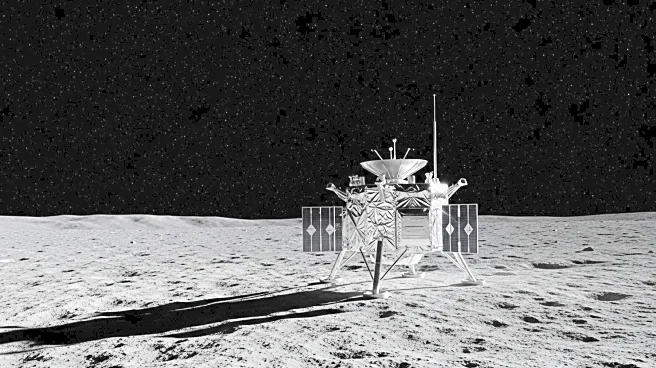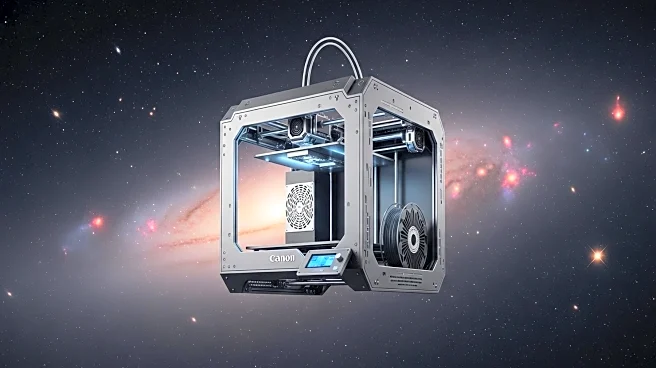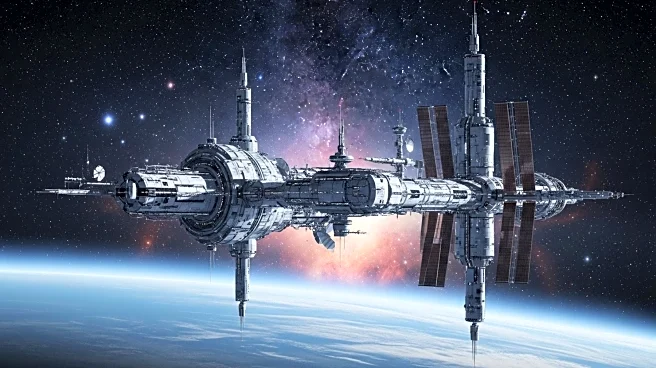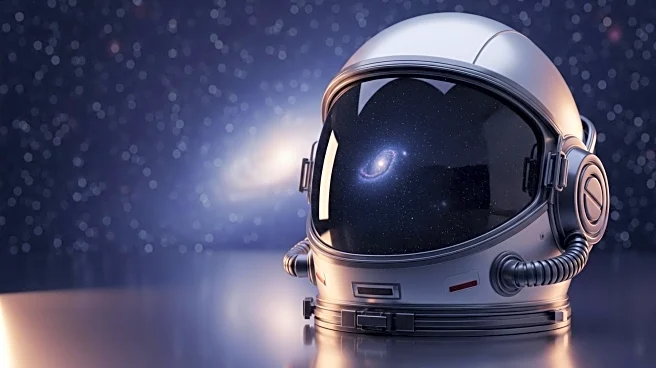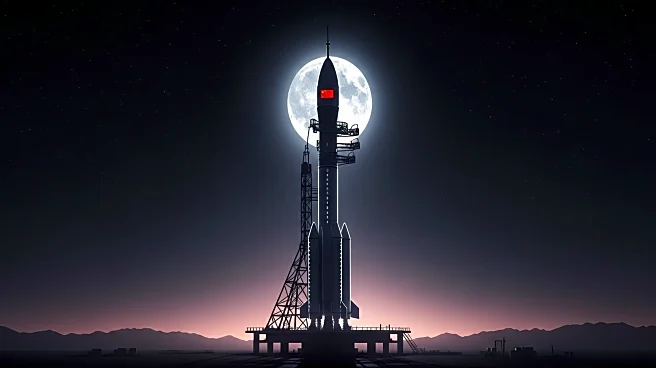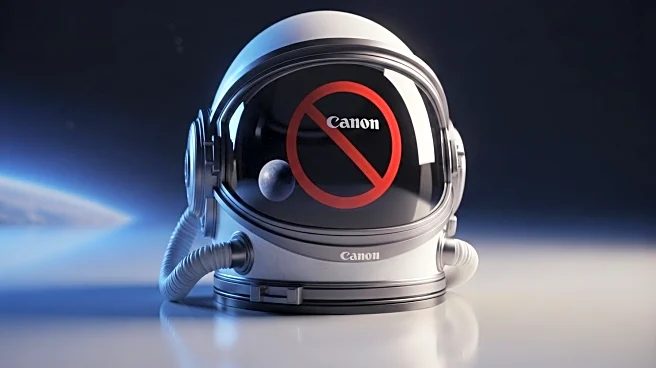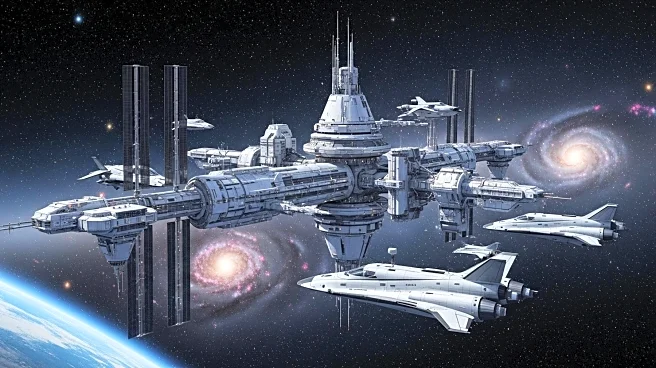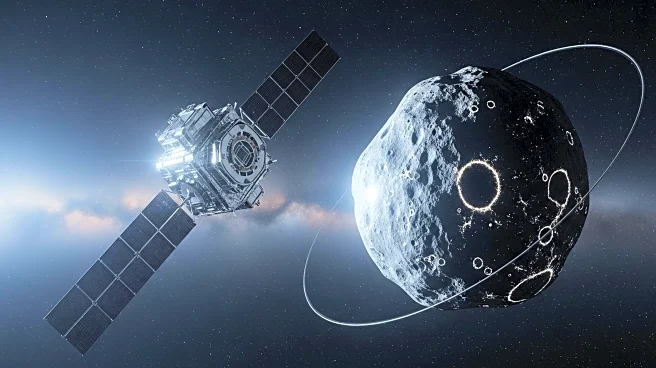What is the story about?
What's Happening?
On September 12, 1959, the Soviet Union launched Luna 2, which became the first human-made object to impact a celestial body other than Earth. The mission, lasting approximately 30 hours, culminated in a high-velocity impact on the Moon at about 3 kilometers per second. Despite the destruction of the spacecraft upon impact, Luna 2's instruments provided valuable scientific data, confirming the absence of a significant magnetic field and radiation belts on the Moon. This mission marked a significant achievement in the Space Race, furthering the Soviet Union's lead following the successful launch of Sputnik 1 less than two years prior.
Why It's Important?
The Luna 2 mission was a pivotal moment in the Space Race, showcasing the Soviet Union's technological prowess and strategic advantage over the United States. By successfully impacting the Moon, the Soviet Union demonstrated its capability to reach and study extraterrestrial bodies, which had significant political and scientific implications. The data collected by Luna 2 contributed to the understanding of the Moon's environment, laying the groundwork for future lunar exploration. This achievement intensified the competition between the U.S. and the Soviet Union, driving advancements in space technology and exploration.
What's Next?
Following the success of Luna 2, the Soviet Union continued to pursue ambitious space exploration goals, furthering its efforts to explore the Moon and beyond. This mission set the stage for subsequent lunar missions, both by the Soviet Union and the United States, as each nation sought to assert its dominance in space. The data and experience gained from Luna 2 would inform future missions, including manned lunar landings and the development of more sophisticated spacecraft.
Beyond the Headlines
The Luna 2 mission not only advanced scientific knowledge but also had profound cultural and geopolitical impacts. It symbolized the potential of human ingenuity and the possibilities of space exploration, inspiring generations of scientists and engineers. The mission also highlighted the role of space exploration as a tool for international prestige and influence, shaping the dynamics of Cold War politics.
AI Generated Content
Do you find this article useful?
